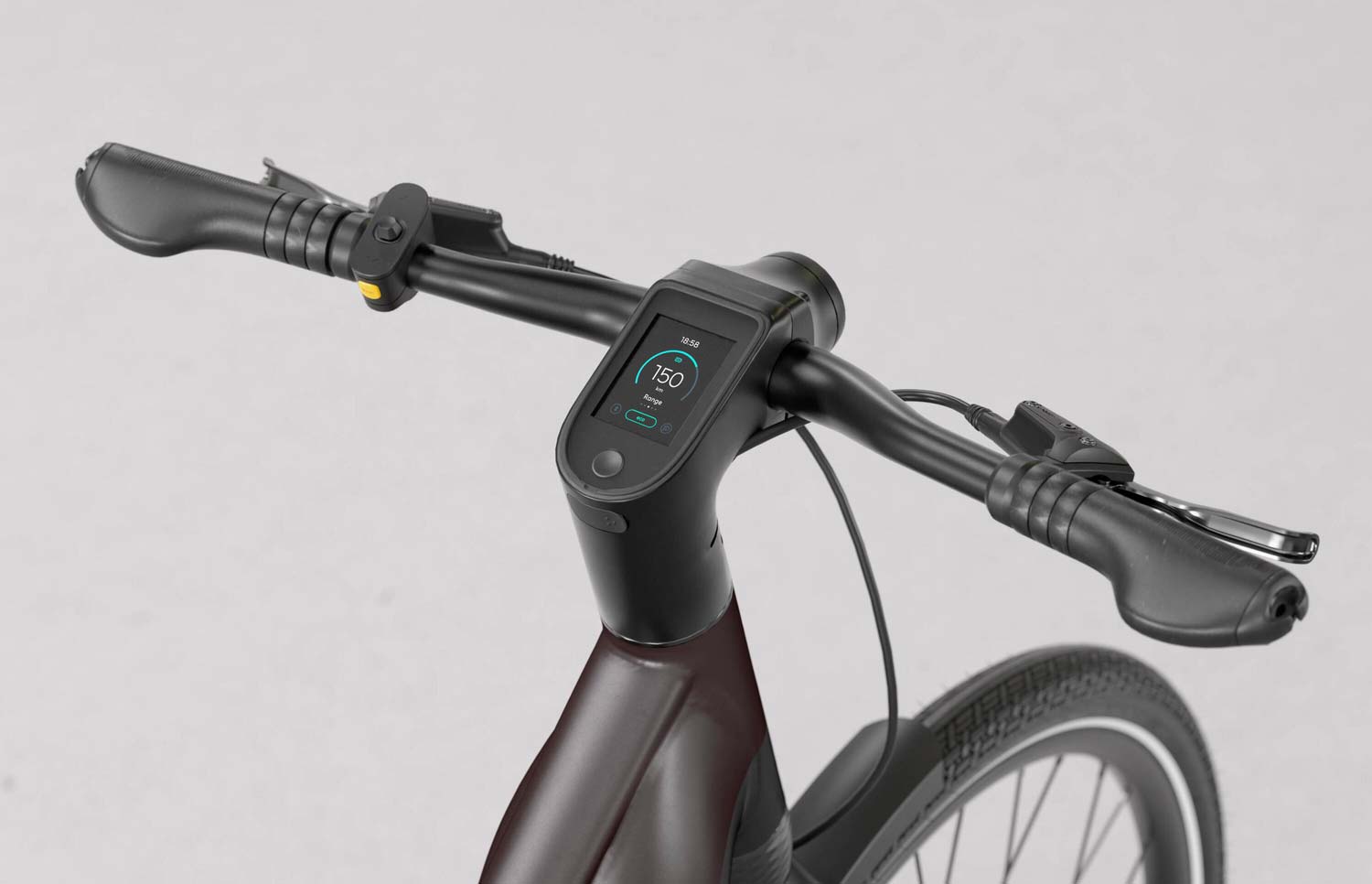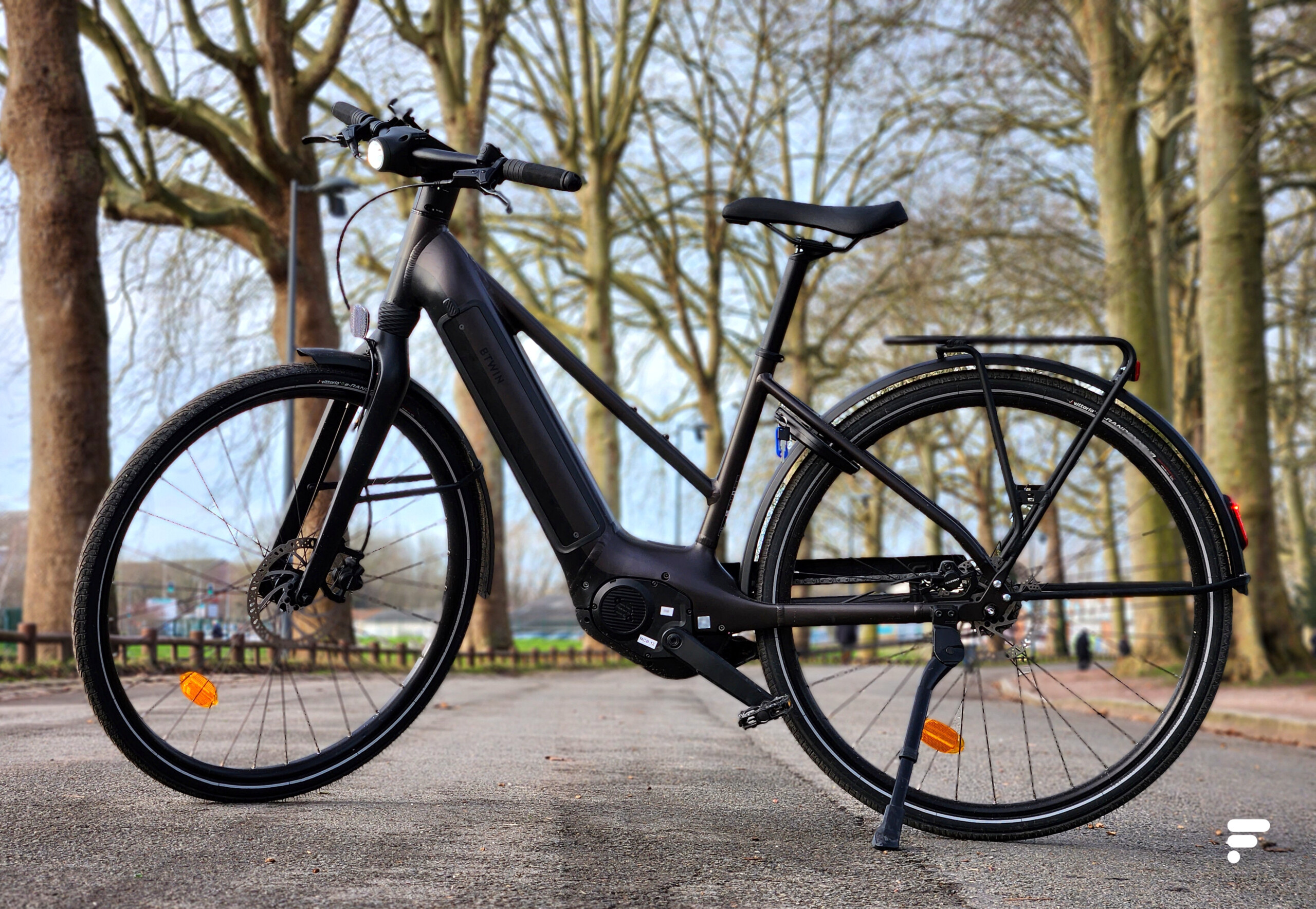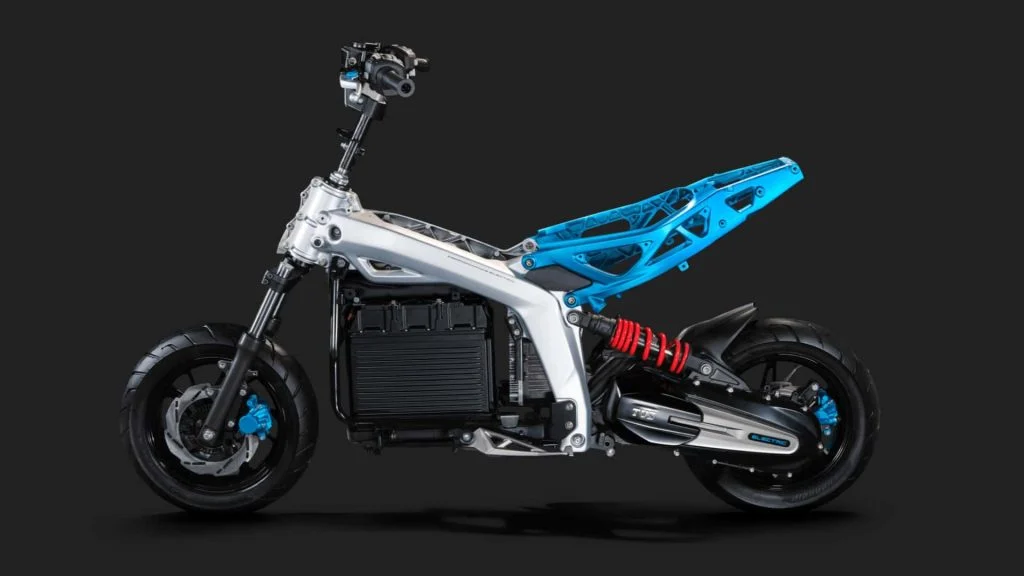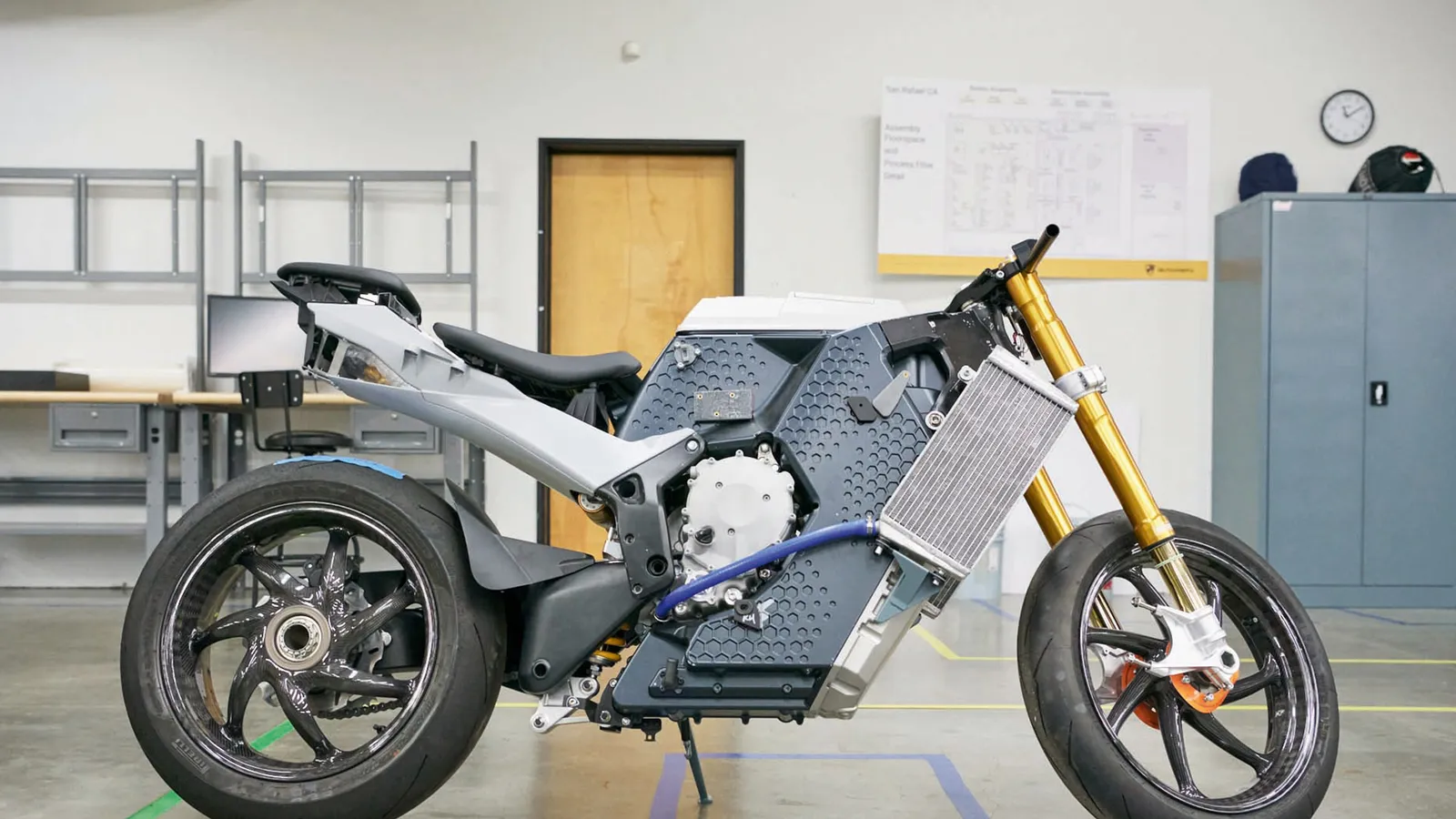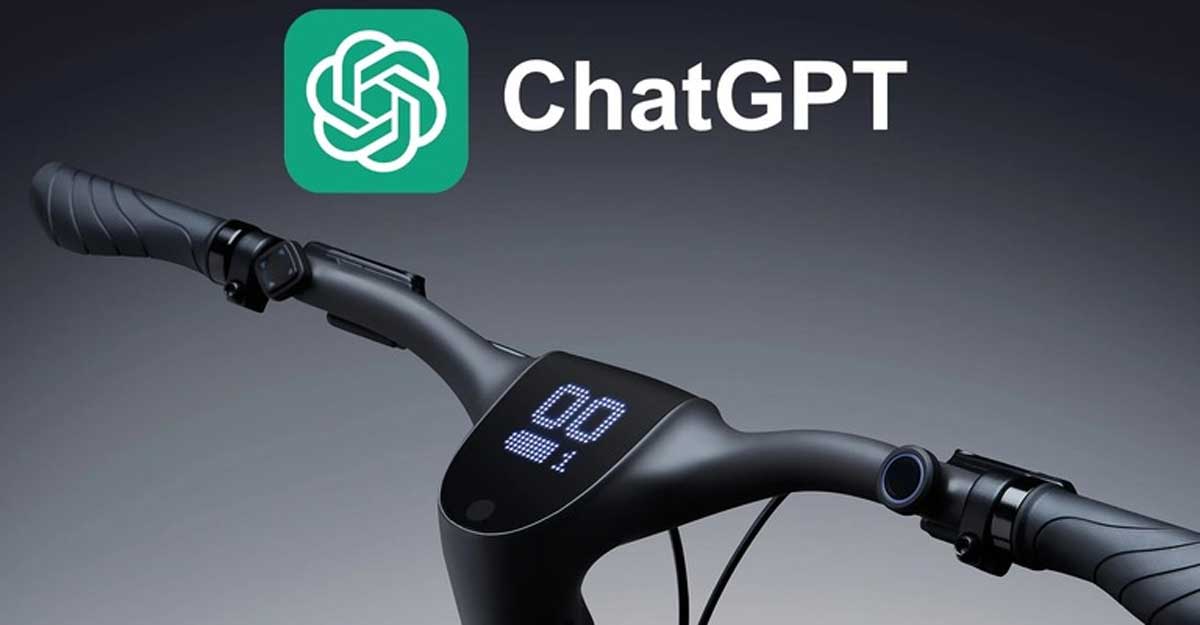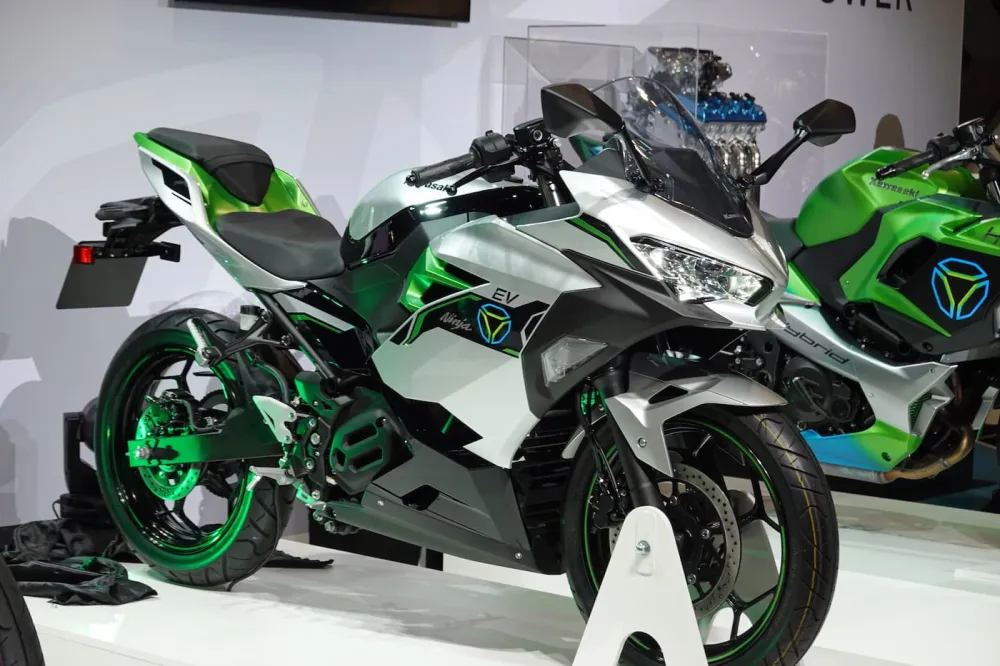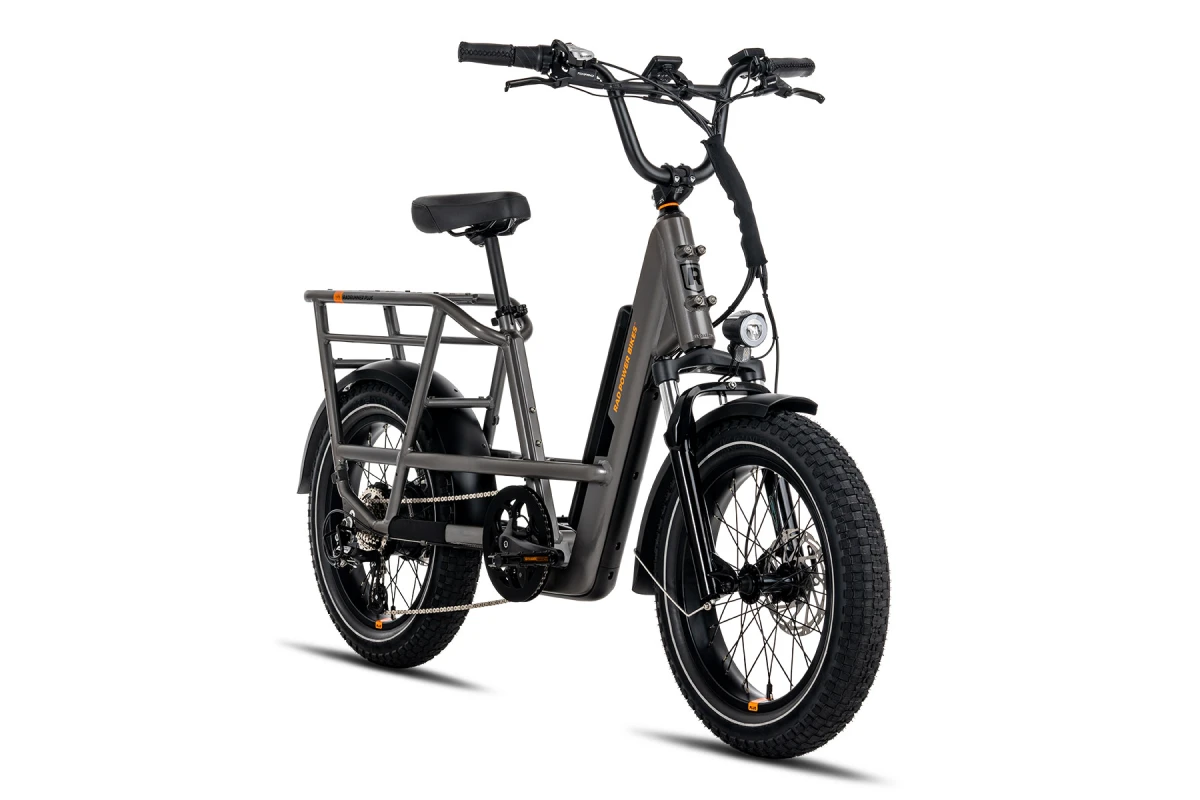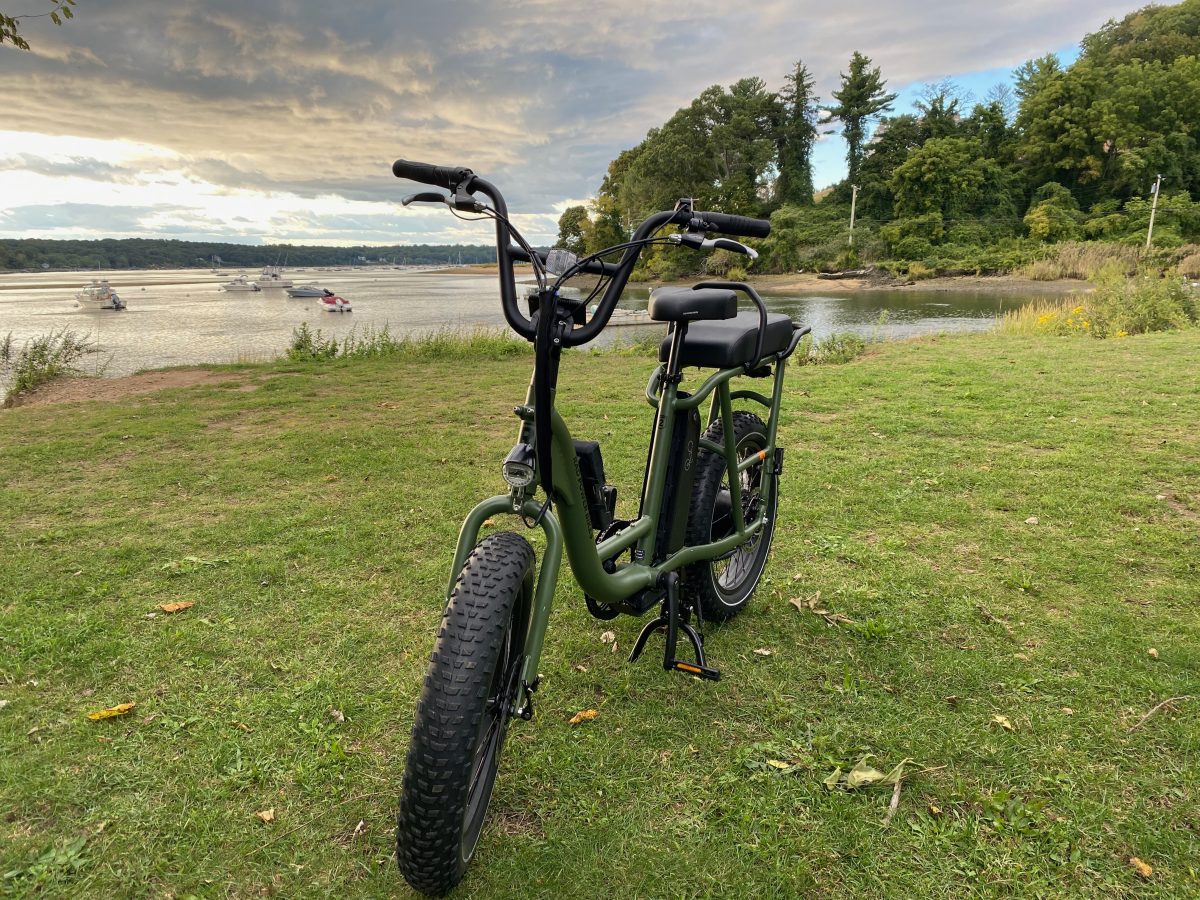Honda, a company known for its long history in both the two-wheeled and four-wheeled automotive world, has brought back a classic from the 1980s: the Motocompo. But this isn’t a mere revival; it’s a modern twist on a beloved product. The new offering from Honda is the Motocompacto, an electric scooter designed to fold up neatly, almost like a Transformer, into a briefcase.

The Honda Motocompacto boasts some impressive features despite its small and compact design. It comes equipped with a modest 6.8Ah battery, which provides enough power for a 12-mile range, making it ideal for short urban commutes. According to Honda, this battery can be fully recharged in just three-and-a-half hours. While it may not break any speed records, the Motocompacto offers a top speed of 15mph, which is more than sufficient for navigating city streets safely.
One of the standout features of the Motocompacto is its ability to fold up neatly into its own box, which weighs in at a manageable 19kg. This makes it easy to carry around, whether you’re placing it in the trunk of your car or storing it in an office bike park. The folding mechanism is robust and well-engineered, with Honda having filed 32 patents related to this innovation.
Honda hasn’t compromised on safety and durability either. The Motocompacto is designed to be both user-friendly and enjoyable to ride, with an emphasis on safety, longevity, and security. It sports a sturdy heat-treated aluminum frame and wheels, along with a bright LED headlight and taillight, ensuring visibility during nighttime rides. For added security, the kickstand features a welded steel lock loop that is compatible with most bike locks.
While the Honda Motocompacto is generating excitement, its availability in various markets is yet to be confirmed. In the United States, it comes with a price tag of $995, which is roughly equivalent to £800 in the UK. However, it remains uncertain whether the Motocompacto will be officially sold in the UK.
The Honda Motocompacto is an innovative response to the challenges of urban commuting. In sprawling cities, the last mile of one’s journey can often be the most challenging. This electric scooter offers a convenient and eco-friendly solution, helping pedestrians cover short distances with ease. Its compact size, quick folding mechanism, and manageable weight make it an appealing option for those looking to navigate city streets efficiently.


